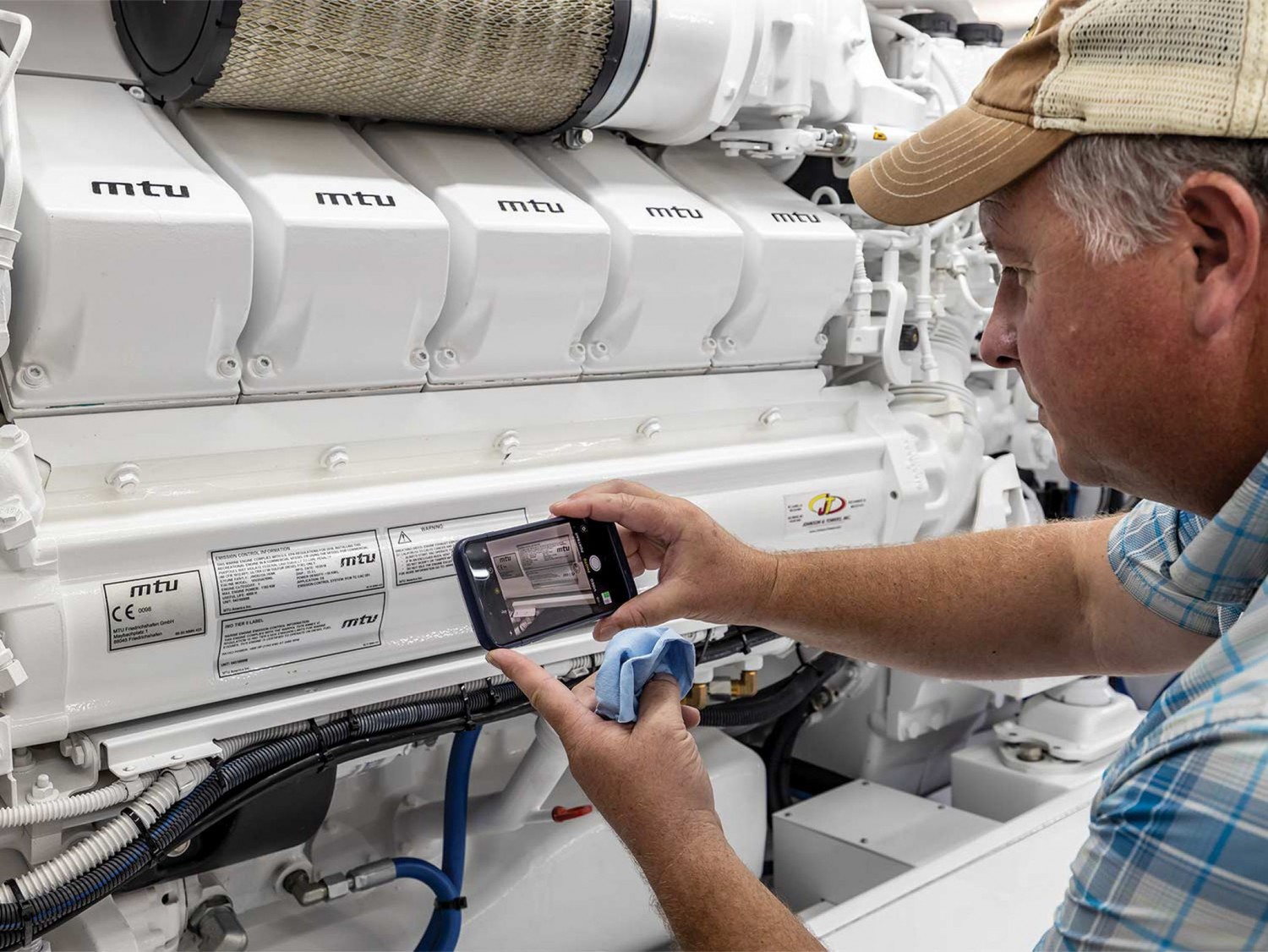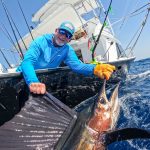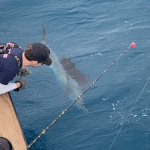Article Courtesy: marlinmag.com | Originally Published: 11/24/20 | Click here for original article
Outfitting a New Boat
Buying a new boat is exciting but expensive. Although you might have a budget in mind, you most always go over it. The same thing happens when you go to outfit a boat after delivery. What you think will be a couple of quick trips to the marine store instead can end up being a tremendous amount of wrong and duplicate products, and wasted time.
Outfitting a boat means different things to different people. Getting all the essentials is the first priority, and, after that, the fishing tackle is another process on its own. The last thing anyone wants to do after shelling out what can be millions of dollars is to spend more money, but having the right equipment is important and should be considered in the budget from the get-go.
The captain or owner makes a long and ever-growing list as they try to remember everything they will need to get the program started. They’ll sometimes visit several marine stores, spending bucket loads of money on what are usually the wrong products merely because that’s what was on the shelf. They forget items, and go to multiple shops to find what they think they need. Add to that list any specialty items or custom products they’d like but might not know where to find. By planning ahead and purchasing everything in an organized manner, it will save money in the long-term.
Begin by taking as many photos as possible of everything on the boat, such as filters, pumps and serial numbers. Then photograph and measure every storage space available. This helps tremendously because it allows you to work on your list at your leisure. Next, break down the list into categories so the task does not become overwhelming.
Dock lines, fenders, chafe guard and ground tackle are usually first to make our list. Always consider the boat’s size and weight when choosing lines, but also the setup at your dock—where the boat sits seasonally. You’ll likely need at least two sets of dock lines: one for the dock itself, and one for when you are away from the dock. The minute you leave the dock without your lines is the very minute you’ll need to go to the fuel dock or assist a neighbor. You’ll also need a set of storm lines (two for every cleat, at minimum) in a larger diameter than your boat normally uses, and be sure they are measured at varying lengths.
Next on the list are the basic necessities of exterior washdown supplies. This includes all things you use on a daily basis for general maintenance, such as soap, brushes and chamois. The interior-cleaning products list goes a little deeper and is a little more difficult to remember, so break it down by the different areas of the interior: salon, galley, heads and staterooms; remembering what it takes to keep up each area can make things a little easier.
By breaking down your list in sections, the whole process becomes less daunting. For example, on the bridge, I’ll need a dedicated mitt, chamois—both hand and stick—a washdown hose, enclosure cleaner and insulator wax. For the cockpit, I’ll need a washdown hose—two, if you have both saltwater and freshwater washdown capabilities—spray degreaser, teak cleaner, a scrub brush, a chamois, etc. As you approach each area, ideas of what you’ll need will pop in your head, and the list is made as you move around the boat.
Safety equipment is one of the last, most important items to purchase, mainly because the products have expiration dates. That does not mean, however, you should wait until the last minute to decide what you need. Being Coast Guard compliant is important, so gather those items first, then consider the extras, because everyone has their own idea of how much safety equipment should be on the boat based on the travel program, as well as the health and well-being of the owner, guests and crew.
Maintaining your systems and completing simple repairs includes needed items such as sealants and lubricants, tie wraps, tape, mechanic tools, specialty tools, oil-absorb pads, and electrical kits, which include butt connectors, spare wire and crimpers. You’ll also want to consider items to help with daily or weekly tasks: Spanner wrenches for sea strainers, cheater pipes for through-hulls, and strap wrenches for spin-on filters are a good start. Making a list for replacement parts and keeping a couple of extras on the boat will be a godsend if you need to change out an impeller or bilge pump while en route.
One of the most important pieces of the outfitting puzzle is storage. You have one chance to organize the boat the right way—so you can find things quickly—after that, it just ends up a mess and items you bought go missing, causing you to buy items again and again simply because of poor organization skills.
Consider these key takeaways to help with your outfitting experience: 1) Break down the process into categories to make it easier to digest and not so overwhelming; 2) be sure to cover every detail; 3) spread out the cost by planning ahead. And don’t be afraid to ask for help. Believe it or not, there are companies that specialize in this process.
You know what they say: Proper preparation prevents poor performance, and this applies here in every sense. So start your new-boat journey on the right foot with organized lists that properly outfit but don’t make you go crazy.






